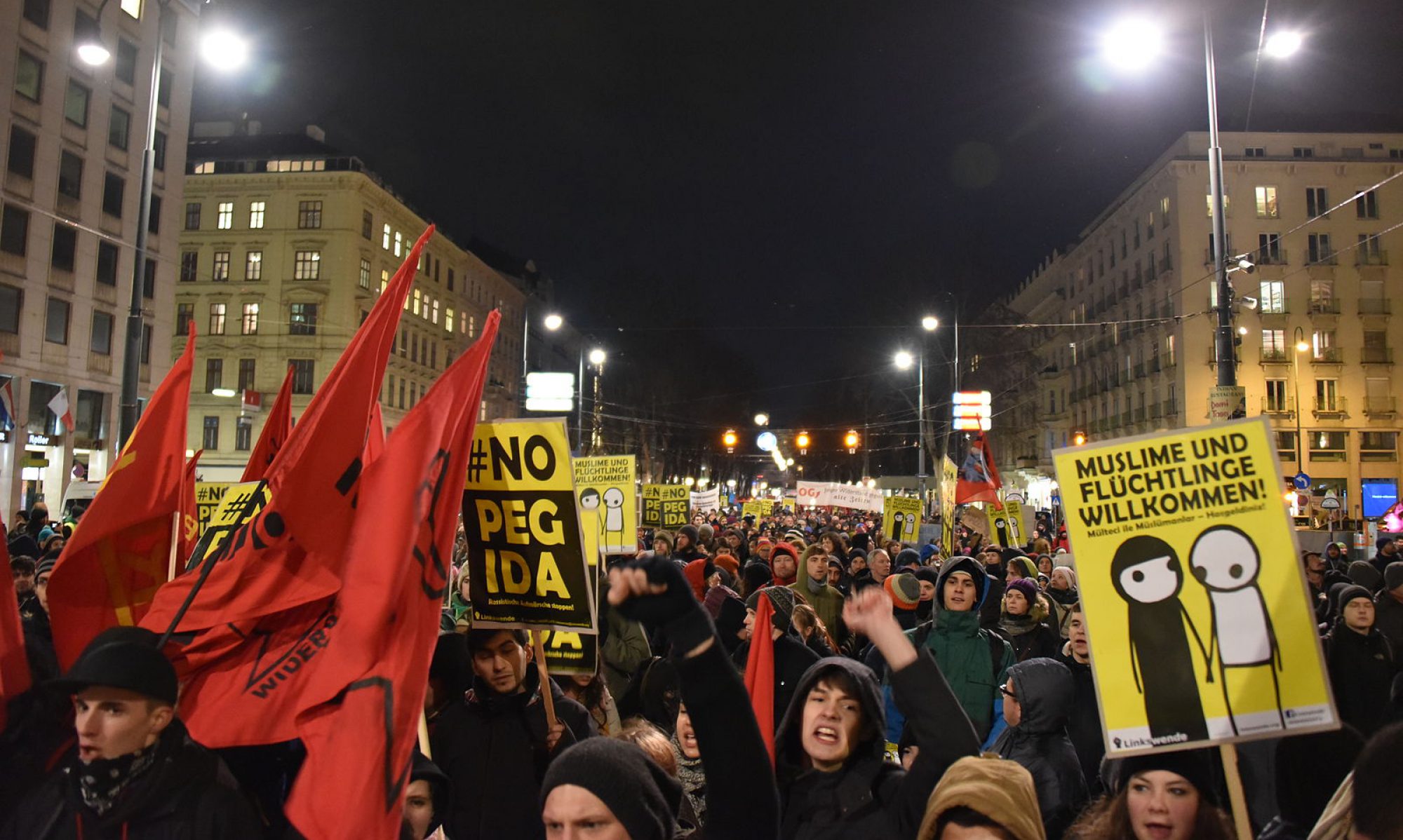Megan MacRae
This week, I specifically enjoyed the reading from Laurie Moarhoefer. Typically, when I am asked to study the Nazi regime or other fascist dictators, there is rarely a focus on what these authorities meant for those in the LGBTQ2S+ community. Moarhoefer’s focus on such an issue brings to light yet another outlook on fascism and the attitudes of fascists.
Moarhoefer makes it clear that although Hitler and his Nazi regime were quite homophobic in the sense that they disagreed with intimate relations between men, there seemed to have been a lack of regulation surrounding intimate relations between women. Moarhoefer approaches the issue by ensuring that the reader is aware of how the term “persecution” was used by the Nazi regime. Specifically, they make it clear that gay men were the subjects of persecution by being the targets of a police program which worked to eradicate male homosexuality. Historians argue that this program did not subject lesbians to the same treatment. Although Nazi Germany did see lesbianism as an issue that plagued society, there was no legal or physical action taken against it. Moarhoefer does touch on the fact that those in the community did use the local police force, the Gestapo, to report lesbianism, but what I find more interesting is the regime’s official neglect of queer women.
I suppose this may be because I do not have extensive knowledge on the treatment of those in the LGBTQ2S+ community during the Nazi regime, but it does quite suprise me that even though lesbianism was a social issue, it was not one of the regime’s priorities. I had just assumed that Nazi authorities worked to eradicate anyone who did not fit in with their “vision”. This motivates me to learn more about fascist views of homosexuality during the Nazi regime.
